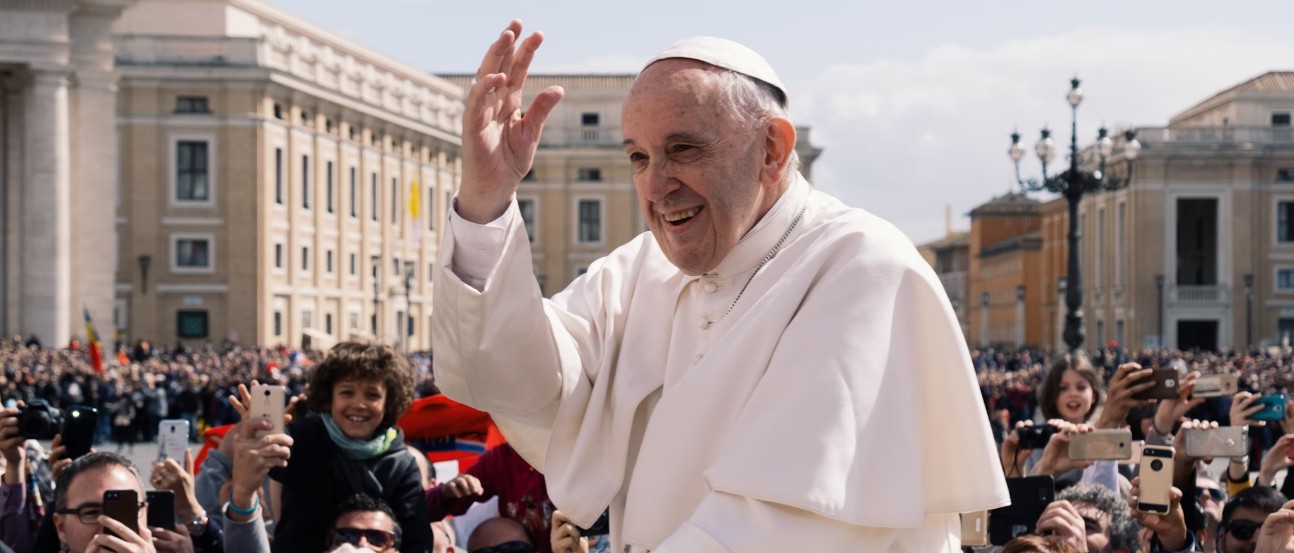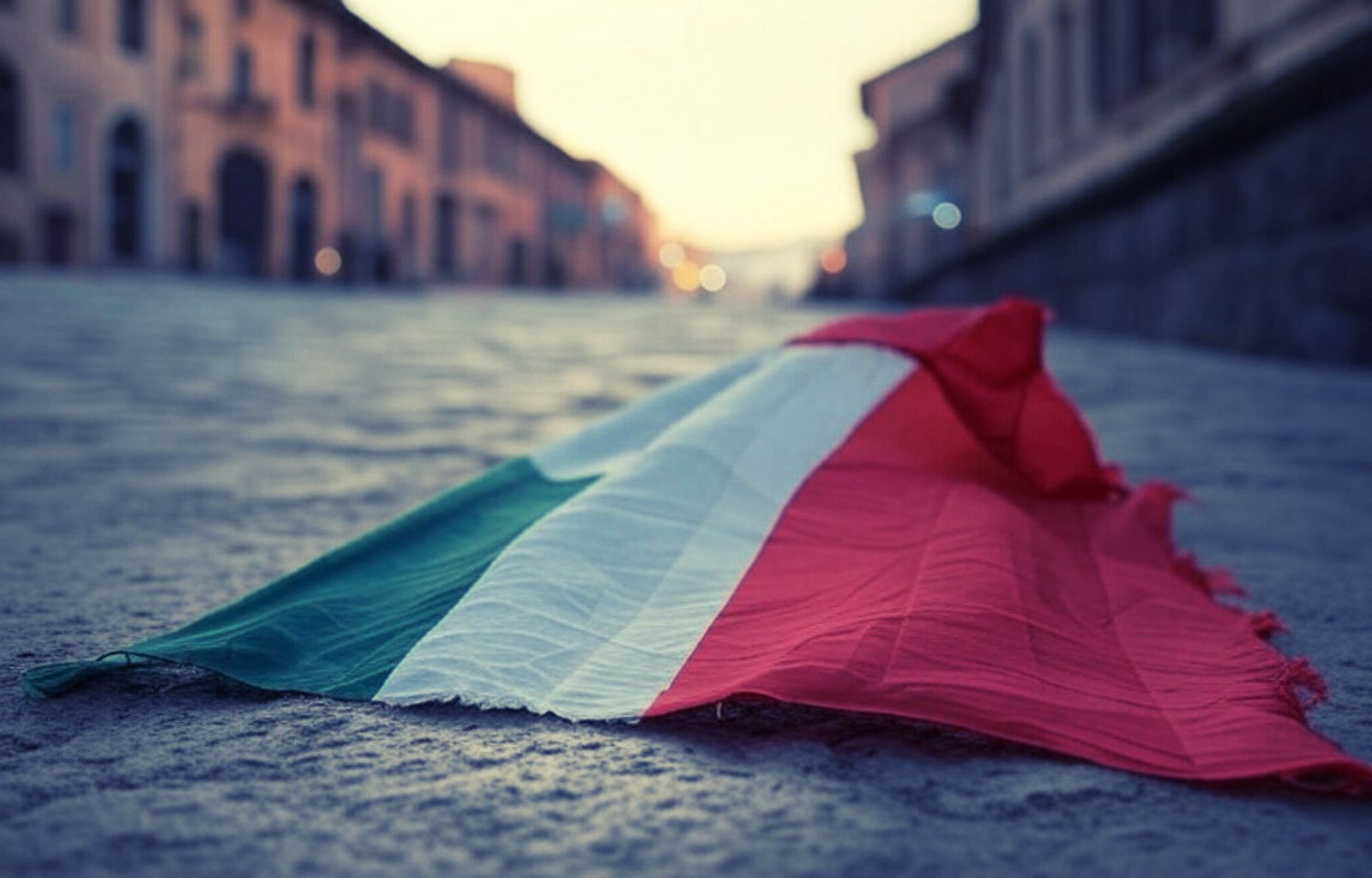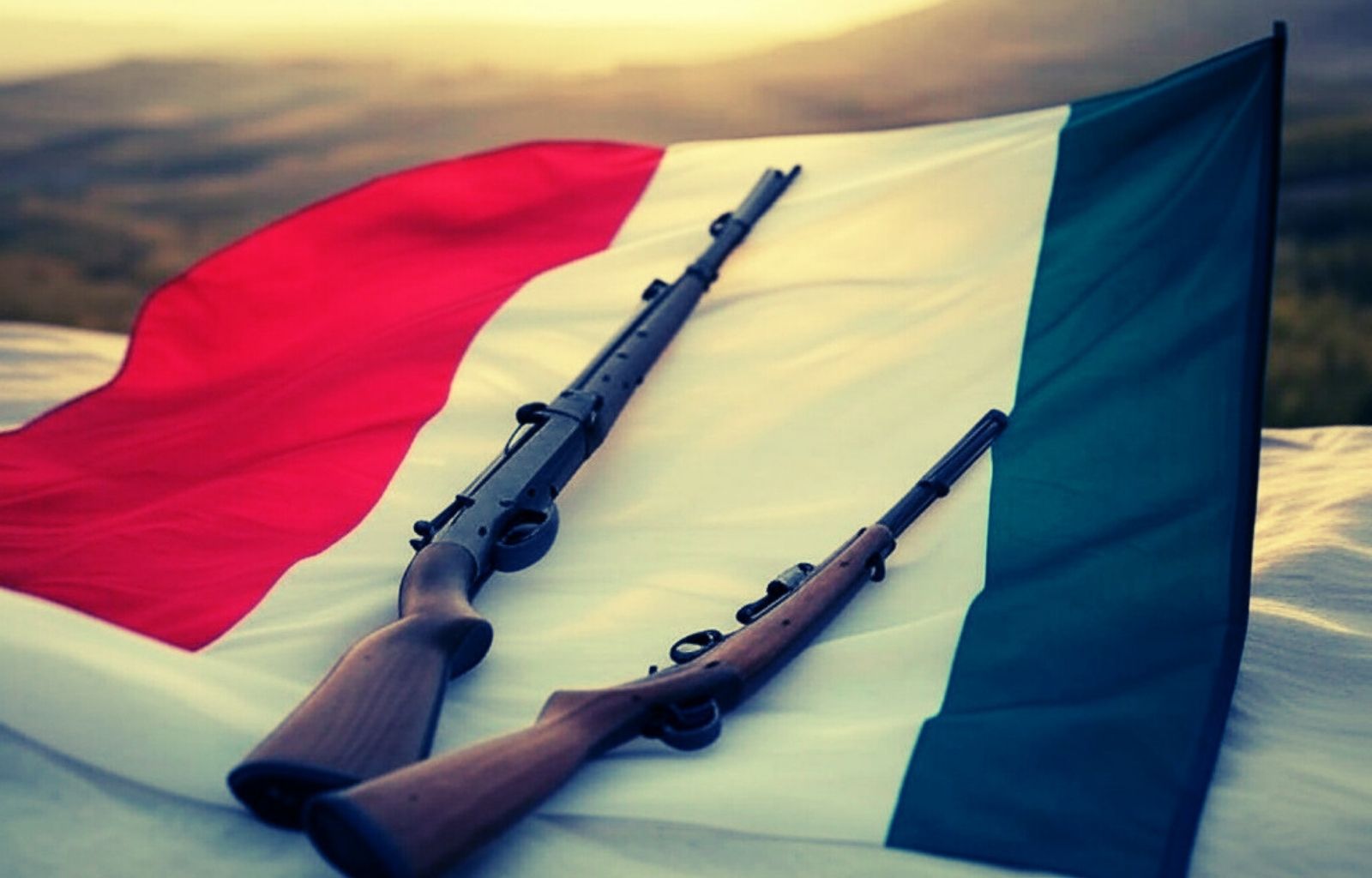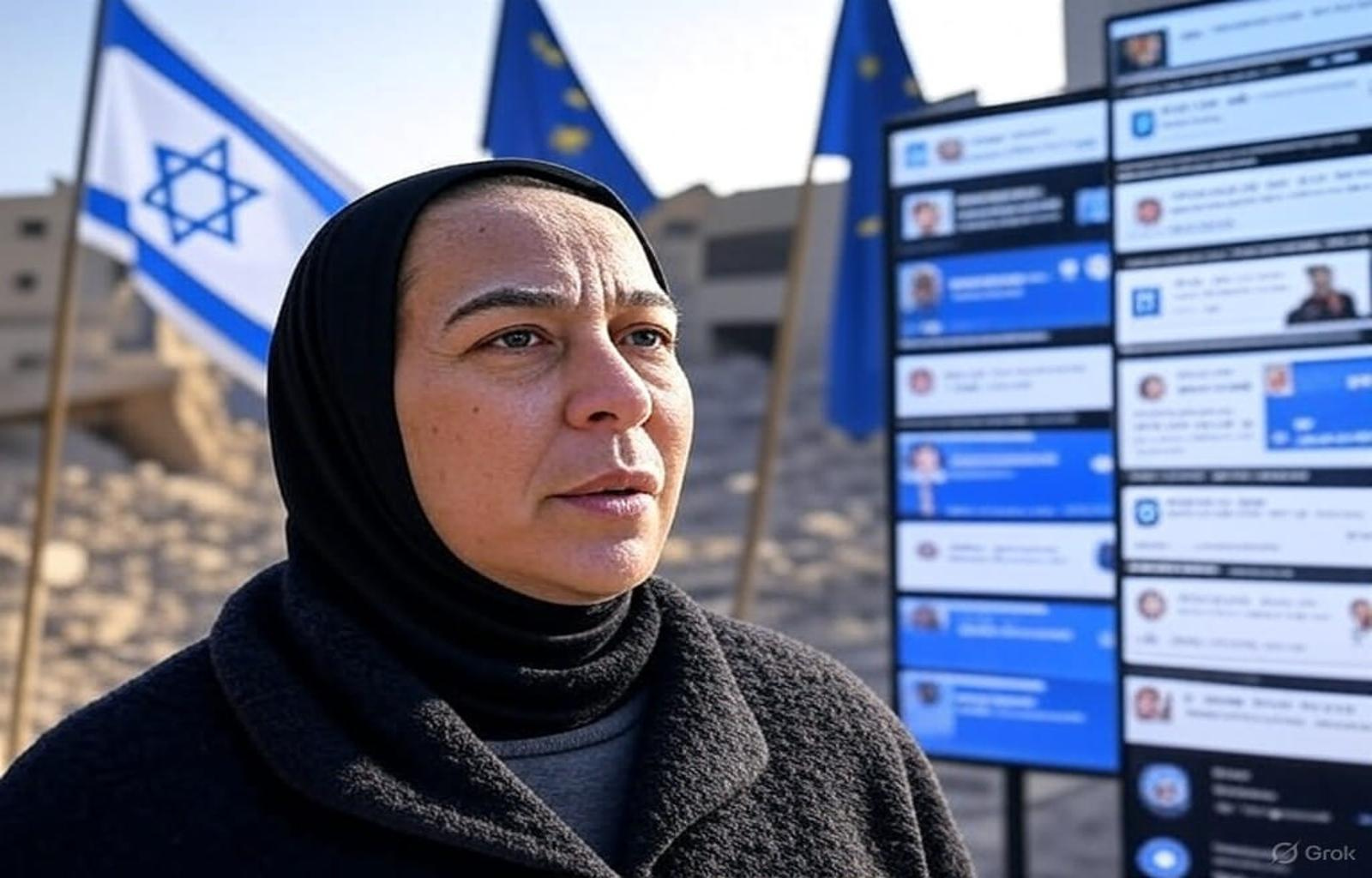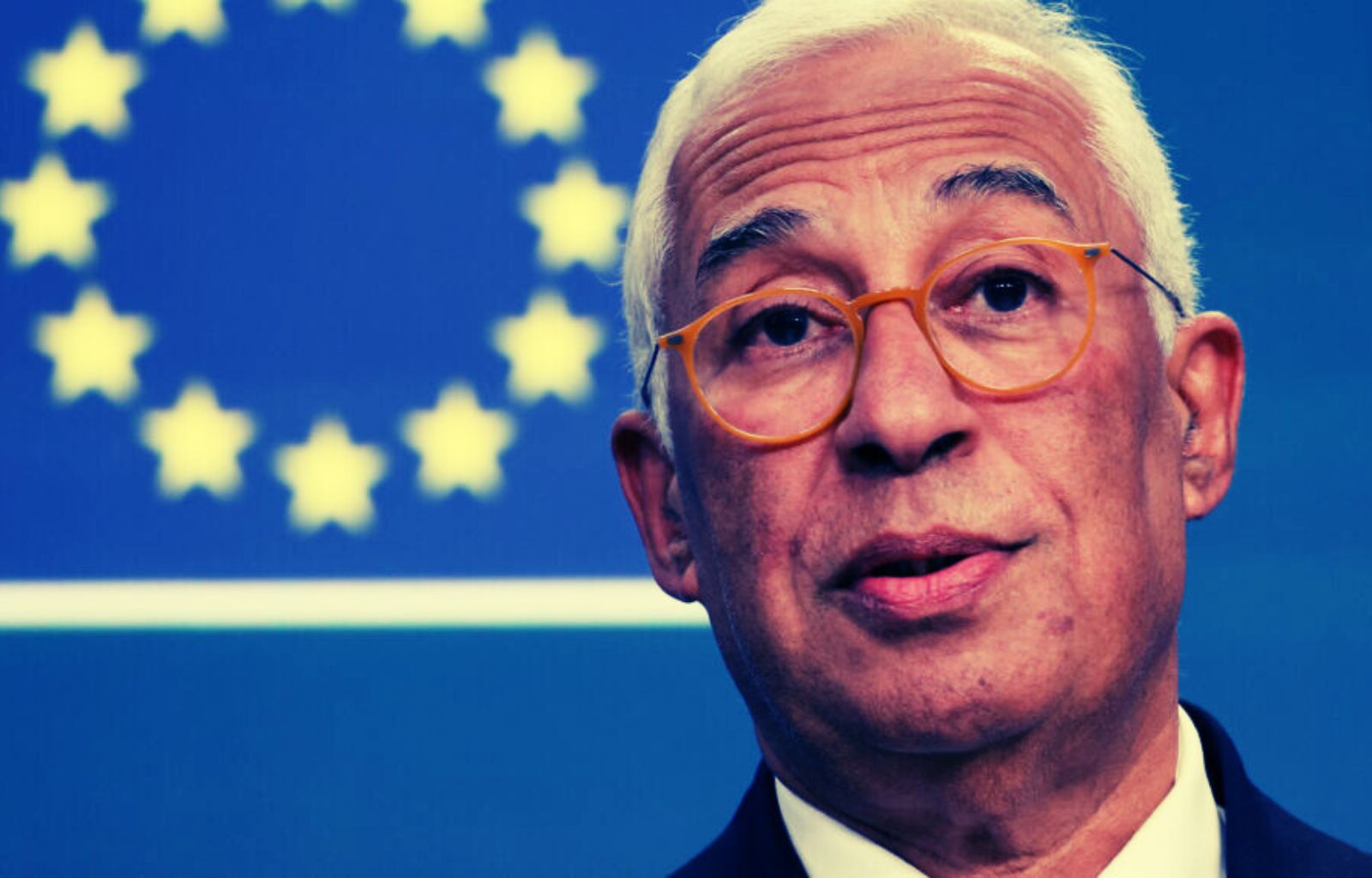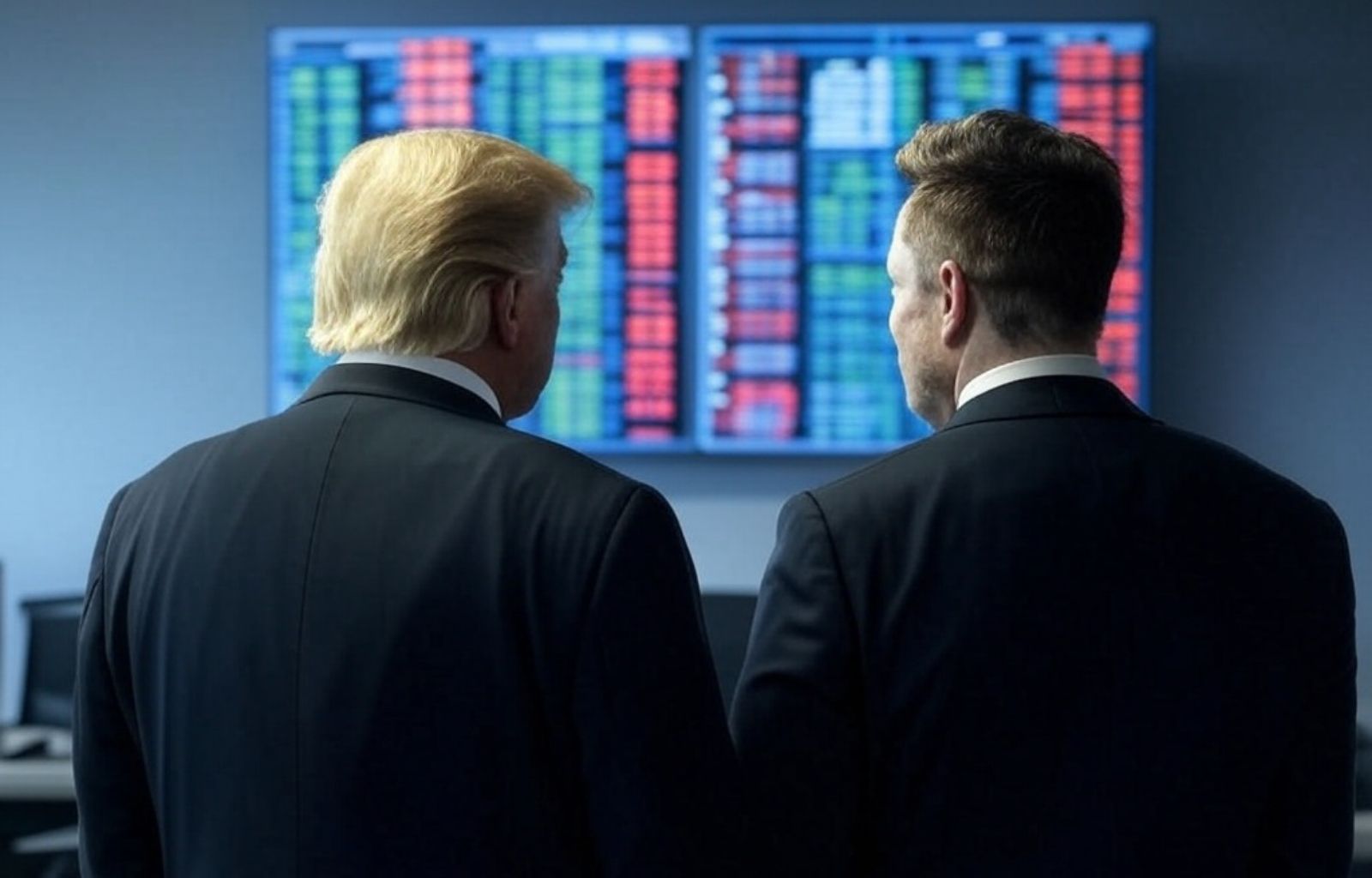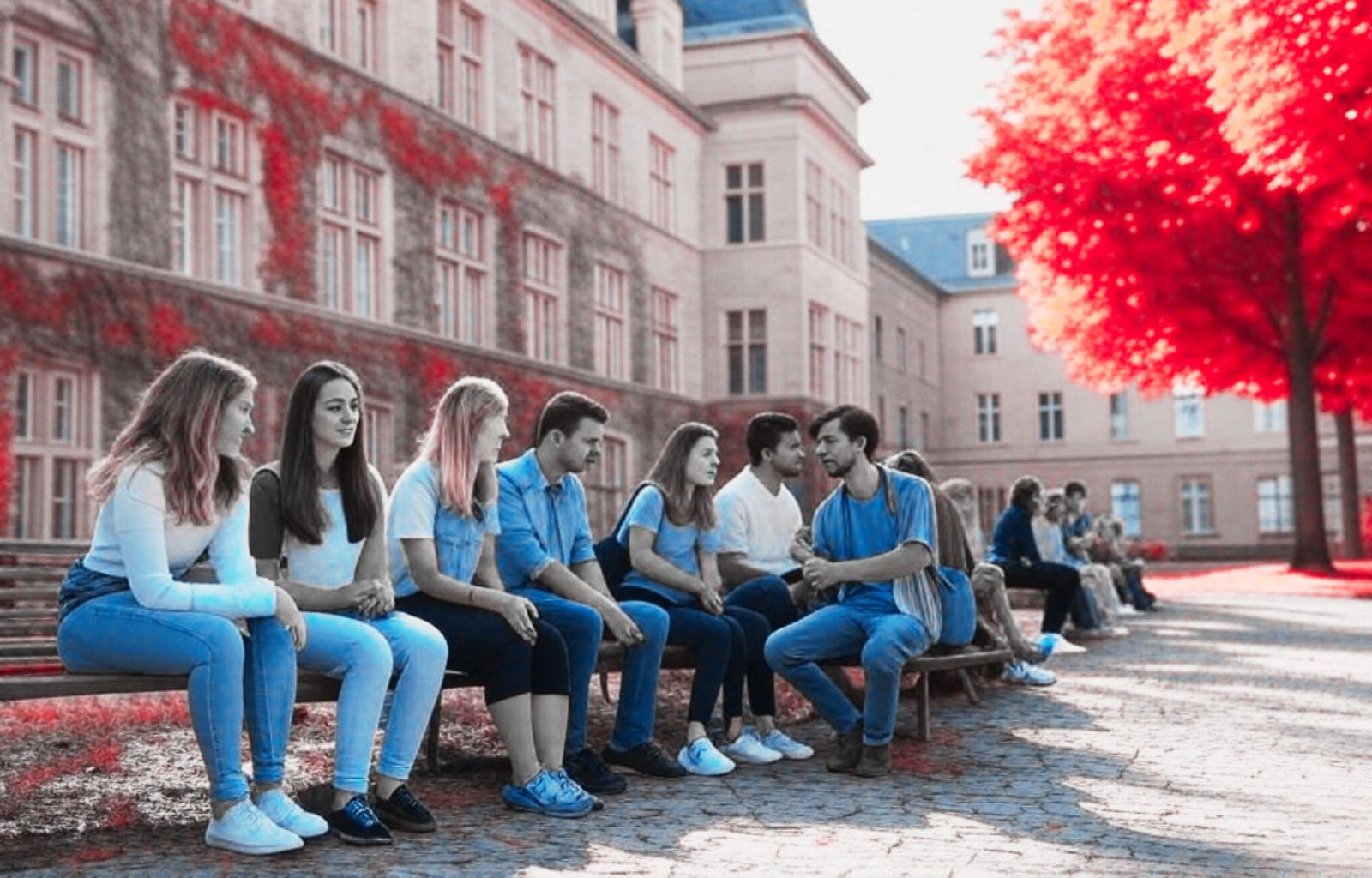Accidental diplomacy: 5 images that shaped history
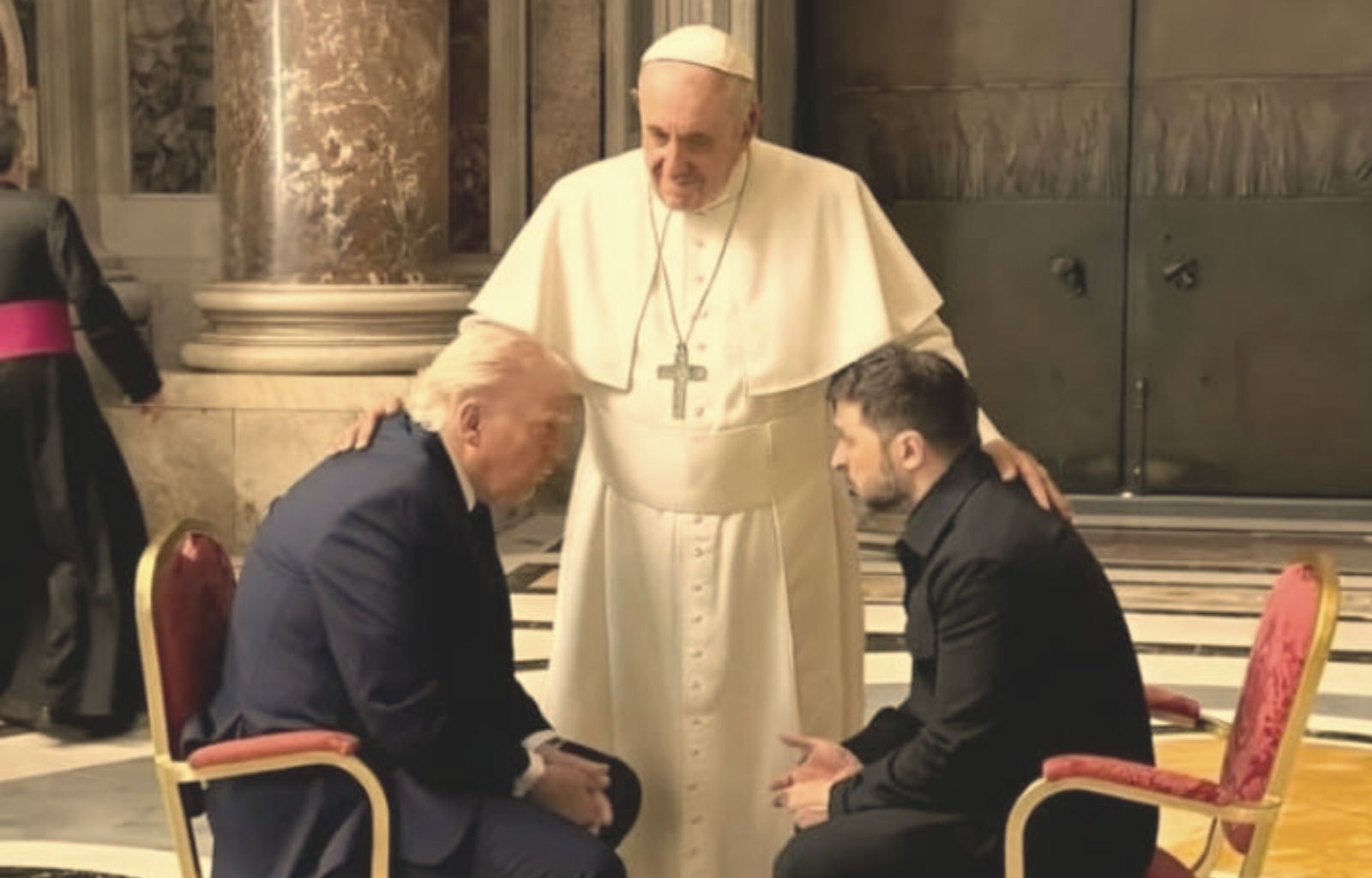
Finally, what will remain of Pope Francis’ funeral?
Surely the images of the more than 400,000 faithful who paid homage to the Holy Father on Saturday in the Piazza and through the streets of Rome will remain etched in the shared memory.
We will certainly remember the tribute of the 160 delegations from all over the world who respectfully attended the Pontiff’s funeral.
But perhaps most of all, the image of the conversation between Donald Trump and Volodymyr Zelensky, which is already blowing up on the web and TV channels around the world, will go down in history.
Secluded in the first right aisle of the basilica, two normal ceremonial chairs, no interpreter and no counsellor.
All the power of the Vatican genius loci in a single photo.
Face to face, positions of listening and dialogue, fifteen minutes of close conversation destined to crystallise in the annals of our times.
On 28 February, the day of the sensational world-wide altercation in the Oval Office, such a scene seemed like science fiction.
Complicated reconciliations under the sign of funeral diplomacy
Instead we witnessed yet another sensational episode of ‘accidental diplomacy’, better defined for cases like this by British analysts as ‘funeral diplomacy’.
These include meetings and symbolic gestures between world leaders and heads of state, which take place not in the context of long-studied diplomatic summits, but during important public occasions and celebrations, perhaps hastily organised such as funerals.
The Trump-Zelensky meeting is only the latest in a long series of historical events born under the sign of accidental diplomacy, which, as German President Steinmeier wisely emphasised today, does not always give birth to political breakthroughs.
In this article, we want to retrace some of the most important episodes of international dialogue that took place in informal, if not accidental, contexts, which through their symbolic impact shaped, more or less, the course of history.
For narrative convenience, the sequence of the narrative is in chronological order, and concerns events documented directly from the 20th century onwards.
The ‘Kitchen debate’ – Nixon and Khrushchev discuss in front of a kitchen
24 July 1959. Full Cold War. Moscow, American National Exhibition.
It was in a prefabricated model home of the US middle class that the first episode of diplomatic détente between the leaders of the USSR and the US took place in the 1950s.
The then Vice-President Richard Nixon was in the Soviet capital to inaugurate the US pavilions built in Moscow in observance of the U.S.-Soviet cultural agreement.
Following the institutional welcome by General Secretary Nikita Khrushchev, on visiting the exhibition halls the two leaders immediately engaged in a dialectical contest based on a comparison of the respective economic models and political systems of the two countries. The dialogue, initially captured only by the interpreters and a handful of reporters, escalated thanks to the zeal of the two impromptu debaters, to such an extent that it had to continue in front of the cameras in a television studio set up in the American pavilion.
Both leaders’ recordings were later broadcast by their respective national broadcasters, albeit with mutual accusations of cover-ups.
The confrontation between the two worlds had great prominence in world public opinion, helping to cool tensions between the two hegemonic poles of the post-war world.
The fortuitous ‘kitchen debate’ was followed by numerous high-level meetings between Khrushchev’s entourage and the Eisenhower cabinet, culminating in the visit of the PCUS Secretary to the USA in September 1960.
Richard Nixon, despite his popularity gained through the debate, lost the next presidential election against John Fitzgerald Kennedy, only becoming President in 1969.
Winston Churchill’s funeral. Wilson-Kosygin meeting
30 January 1965. London, St. Paul’s Cathedral. The greatest Western leader of the Second World War, who had died a week earlier, is being celebrated. For the occasion 112 delegations from all over the world arrive in London, an enormity for the time. It is then that incumbent Prime Minister Harold Wilson coined the phrase ‘working funeral’ to emphasise the diplomatic commitment and potential behind an event such as a state funeral.
Surprisingly invited, and in a personal capacity, the newly appointed head of the USSR government Aleksej Kosygin, freshly appointed in cohabitation with Leonid Brezhnev, to replace the deposed Khrushchev .
The Western world had not yet established relations with the new Soviet course, so the Victory Leader ‘s funeral was a propitious moment for a quick first contact. Chroniclers of the time recountWilson’s informal approach to Kosygin at the end of the ceremony with the deliberately non-protocol formula ‘I hope this meeting may be the first of many’.
It was not the last, and from that day on, the phase, known as ‘pacific coexistence’, between the UK and the USSR was inaugurated, sanctioning the opening of the post-Cuba thaw between the powers of the two opposite poles, sealed by several subsequent bilaterals. Wilson and Kosygin developed a good personal relationship from that moment on, fruitful in the years to come for the realisation of several diplomatic initiatives.
Arafat and Shimon Peres with Ciampi at the Olympic Stadium
25 May 2000. Rome, Olympic Stadium. During the Millennium Jubilee, the symbolic meeting between Palestinian leader Yasser Arafat andformer Israeli Prime Minister Shimon Peres takes place in the home of Italian football.
Those were the years of the longed-for search for balance in the tormented land between the Mediterranean and the Jordan River. After the Oslo Accords of 1993, a slim path seemed to have opened up towards a path that would bring lasting peace to the Middle East. So it was that, in the preparatory weeks at Camp David, it was decided to organise a Peace Match, inviting leading figures from the State of Israel and thePalestinian National Authority. Rome was at the centre of the talks, and advantage was taken of the Partita del Cuore organised by the National Singers’ Association.
A representative of Israeli and Palestinian athletes and personalities took the field, reinforced by great former football champions such as Pelé, Platini and Cruyff. In the stands, uncertain until the last minute, the presence of Arafat and Shimon Peres was historic, who, thanks to the tireless mediation of our President Ciampi, shook hands and went so far as to say ‘one day we will be peaceful neighbours’, attracting the attention of the world press
Two months later, at the Camp David summit, the two sides reached no agreement; failure that was followed by the Second Intifada that erupted in Jerusalem.
In this case, informal diplomacy brought no success, but the episode should nevertheless be remembered as a great attempt at mediation and compromise outside the canons of consular etiquette.
Nelson Mandela Commemoration. Obama-Raul Castro handshake
10 December 2013. Johannesburg, Soccer City Stadium. The final farewell to ‘madiba’ sees more than three hundred thousand people gather in South Africa’s most populous city, and there is no shortage of popular stars and heads of state.
Before the celebration, something happens that leaves all commentators surprised. US President Barack Obama shakes hands with Cuban President Raul Castro. It is the first ‘touch’ between leaders of the two countries since the embargo, and it marks, this time, the unexpected start for the détente of relations between Cuba and America.
Sudden and abrupt, Obama seemed to seek that contact, plastically leaking the intentions that would lead to the bilateral talks of 2015 and the formal interactions that led to the reopening of embassies in the two countries. The acceleration of 2013 led to the first official meeting between the two leaders in Panama and, in March 2016, to the first visit in 88 years of a US President to Havana.
Pompous and prepared diplomatic contexts do not always chart the trajectory of history
Sometimes, furtive and chance encounters are enough to change the course.

